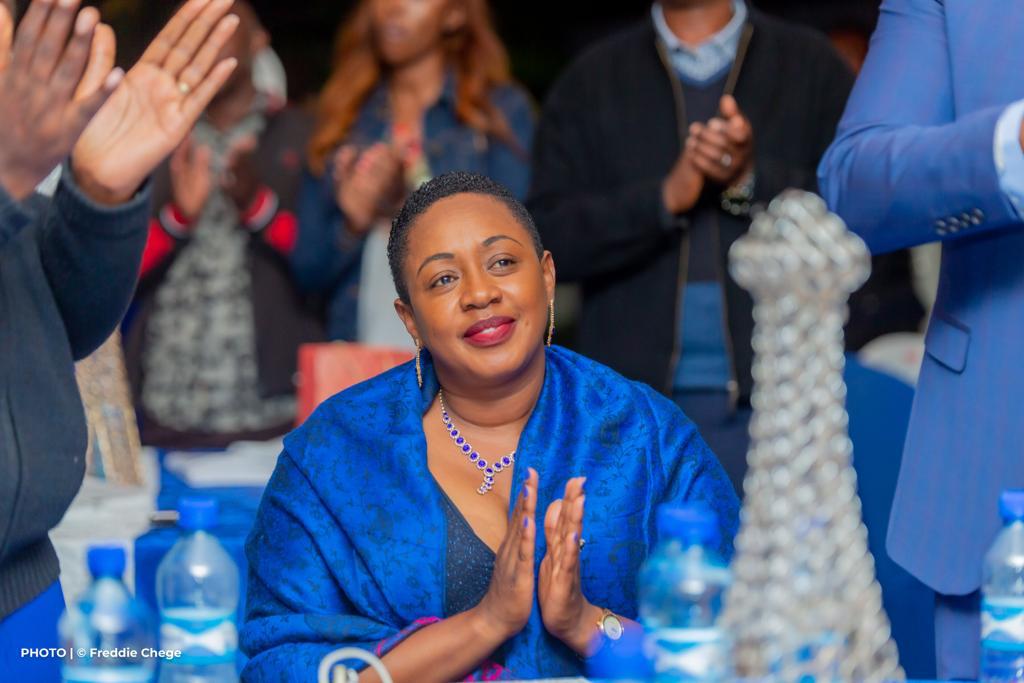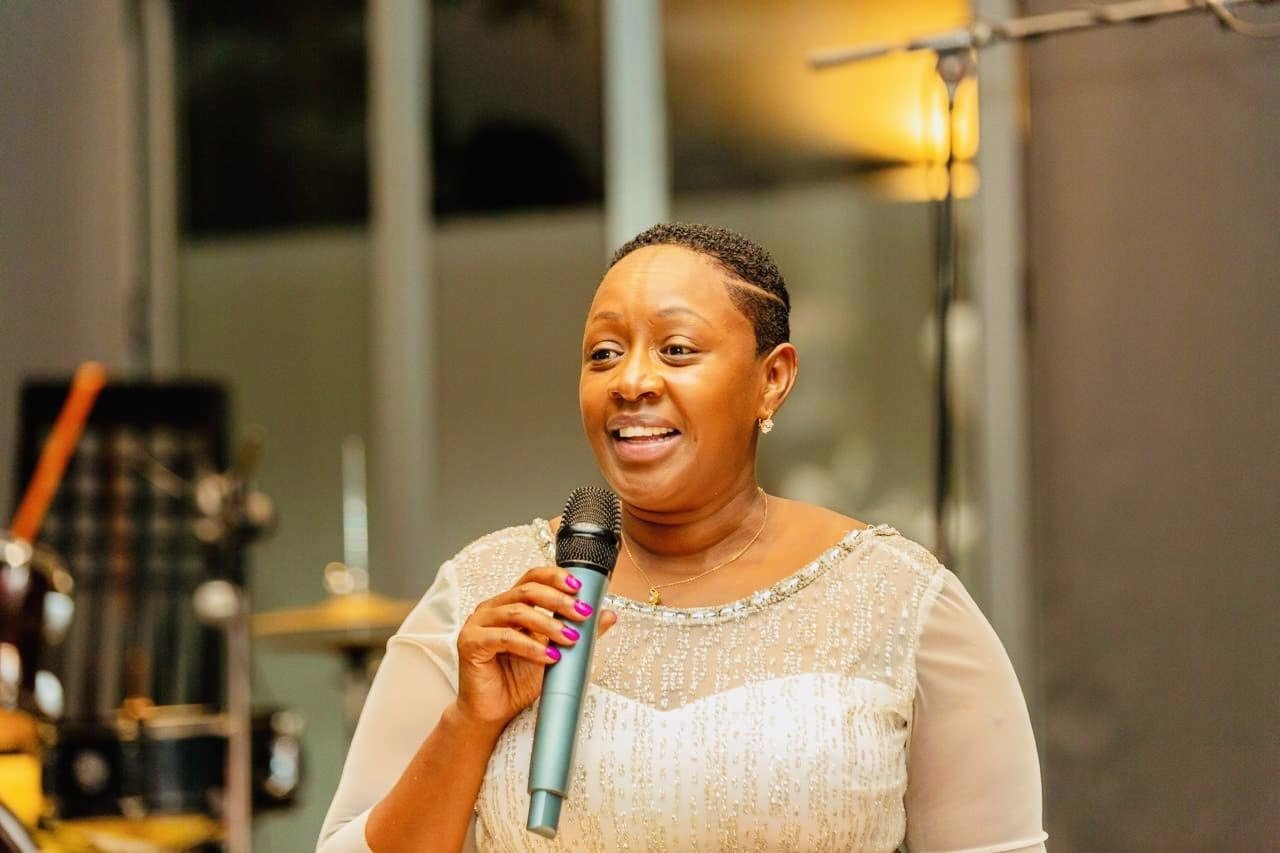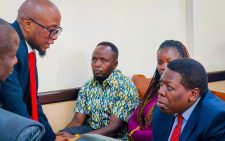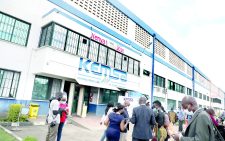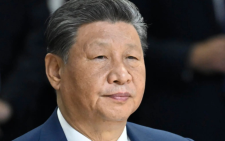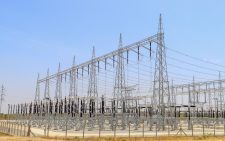Tough balancing act as Ruto’s first Budget bid starts
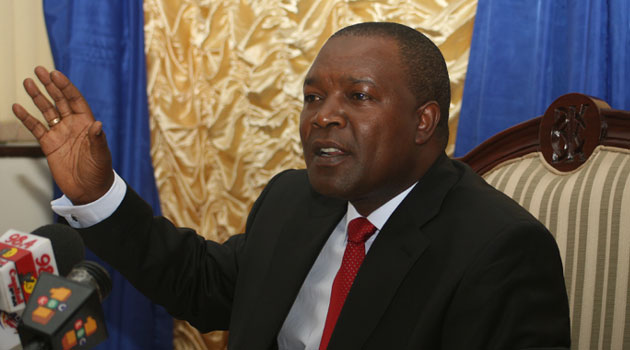
Preparations for the next Budget started in earnest yesterday with public sector hearings indicating that Kenyans should brace for new taxes and a raft of austerity measures.
President William Ruto’s administration intends to spend about Sh3.6 trillion in its first full financial year in office when its presents its Budget to the National Assembly in June.
The plan for the 2023/24 Budget started in the fourth quarter of 2022 and is expected to intensify as the Kenya Kwanza administration targets an affordable Budget while aligning spending to its agenda on key growth areas.
“As we prepare the FY 2023/24 and the Medium Term, emphasis will be on aggressive revenue mobilisation, including policy measures, to bring on board additional revenue,” said Prof Njuguna Ndung’u, the Cabinet Secretary for the National Treasury and Economic Planning. He spoke during the launch of the medium-term Budget preparation at KICC in Nairobi.
Burgeoning debt
The Budget is being prepared against the backdrop of pressure to address the country’s burgeoning debt that President Ruto has promised not to default on. And to hit this milestone, the government is looking to expand the tax base, a move that will raid the earnings of workers, companies and businesses that have upto now been outside the tax bracket.
“2023 is likely to shape up to be a rough one for the global economy. Multiple factors are likely to come into play and affect the growth prospects across the globe,” Prof Ndung’u said.
Kenya’s economy is projected to grow at 5.5 per cent in 2022 and 6.1 per cent in 2023 and maintain that momentum over the medium-term.
To spur development, the State intends to focus on deepening the digital economy, prioritising climate change and environmental actions that have an import on agricultural production; and infrastructure development. It will also focus on several pillars of growth, including transformation of agriculture, manufacturing, services economy, creative economy and MSMEs.
To increase tax collection, the Kenya Revenues Authority (KRA) will bank on technology to intensify revenue streams from investment gains, betting companies, rental property and Value-Added Tax (VAT) on commodities.
In a move targeting wealthy Kenyans’ gains from investments, the Treasury this month raised Capital Gain Tax (CGT) from five to 15 per cent as it aims to collect Sh20 billion this financial year. The tax affects those who transfer properties with the exception of those who are not deemed to be seeking any gain.
Taxing wealth
However, CGT is likely to fly in the face of President Ruto’s observation that the country taxes trade more than it does wealth. This implies that one of the tax proposals likely to be mooted by the new administration will be a framework on how to tax wealth. The taxman will also target transfer of shares not traded through the bourse.
KRA will also be targeting the betting sector, which has been thriving, with the number of new companies seeking licenses rising. However, the way online betting firms operate still remains opaque, denying the taxman sufficient scrutiny and tax collection.
In September, the President directed Central Bank of Kenya Governor Patrick Njoroge to develop policies for regulating online betting to ensure the firms pay their taxes. The bone of contention appears to be that most online sports betting companies do not disclose the full amounts they generate and are only taxed on what they declare.
“The National Treasury, jointly with KRA, is making improvements on tax administrative measures in order to ensure revenue collection remains on target. These include: implementation of a new web-based improved VAT system; integration of KRA system with the Betting Sector and mapping of rental properties,” said National Treasury Principal Secretary Chris Kiptoo.
A general tax increase, however, will mean that businesses and manufacturers will face higher production and operation costs, further upsetting economic recovery as end consumers will bear the brunt of passed-on costs of commodities. This could dampen the purchasing power of households, affecting mainly the poor, who are already saddled with a high cost of living that hit 9.1 per cent last month. High costs also make the middle class vulnerable to economic shocks and reduces their capacity to save and invest.
The number of family members going hungry per household in the country had, for instance, increased to more than half by June 2022 due to reduced income, surging inflation and poor rains. A report released yesterday by the Cabinet Secretary for East African Community, Arid and Semi-arid Lands and Regional Development shows that families in over 24 counties are still facing food insecurity.
Besides driving growth, the Budget is also expected to prioritise Ruto’s pro-poor economic agenda, which is anchored on supporting key areas like small businesses, agricultural productivity, digital and creative economies, and investing in human capital.
In its macro-economic review for the 2023-2024 Budget and medium-term presentation, the Treasury yesterday said that the above sectors, including manufacturing, services and creative economies and MSMEs would support the recovery agenda.
“This is where properly functioning markets will support the recovery agenda. The Government has started to implement the Development Agenda — the bottom-up approach that is geared towards economic turn-around and inclusive growth,” said PS Chris Kiptoo.
Recovery programme
Programmes in priority sectors will be implemented in tandem with IMF-backed economic recovery programme, which, among other factors, calls for maintaining support for those most impacted by shocks to the economy.
This was one of the conditions the International Monetary Fund (IMF) gave to continue lending to Kenya.
Similarly, the World Bank’s lending arm asked the government to cut down on its debt vulnerabilities through a revenue-driven plan aimed at stabilising debt, which is estimated to be about 70 per cent of the national wealth, also known as the Gross Domestic Product (GDP).
Failure to increase tax revenues could put the administration in a tight spot as it tries to service debts that currently gobble Sh67 out of every Sh100 collected as tax.
President Ruto has been pushing KRA to collect an additional Sh500 billion in revenues by the end of June.
The taxman expects to collect Sh2.14 trillion, up from the Sh1.8 trillion in the current financial year ending June.
If tax collection goes up and the government cuts recurrent spending and other non-priority areas, this is expected to free up some resources under Ruto’s Budget rationalising measures. If this is done, the next Budget could be Sh300 billion less, compared with the current one.
The National Treasury has already issued guidelines suspending expenditures in some recurrent areas, such as domestic and foreign travel, communication and training. Other areas in the cost-cutting measures are hospitality, fuel, purchase of furniture, purchase of motor vehicles, refurbishments and routine maintenance.
